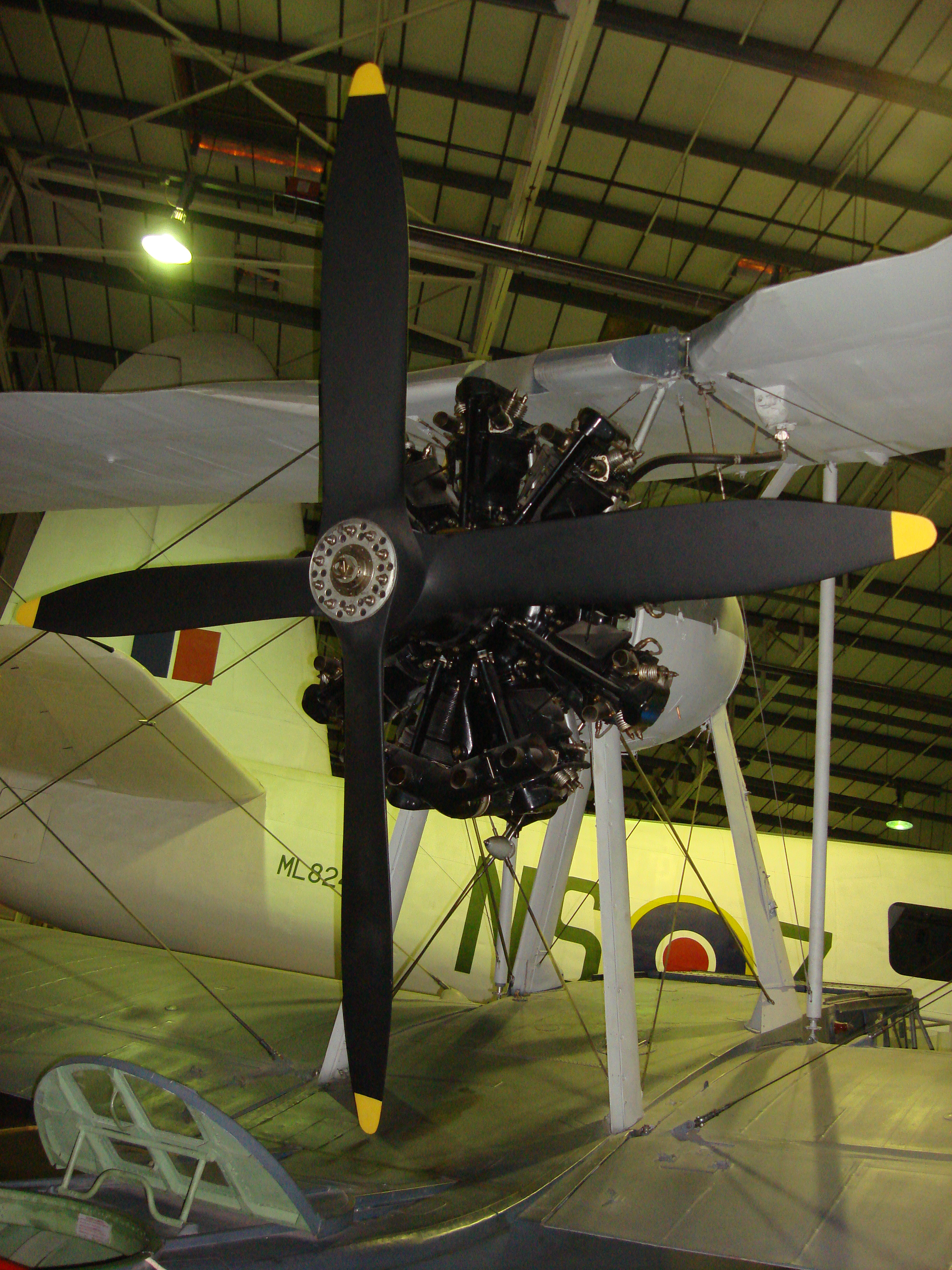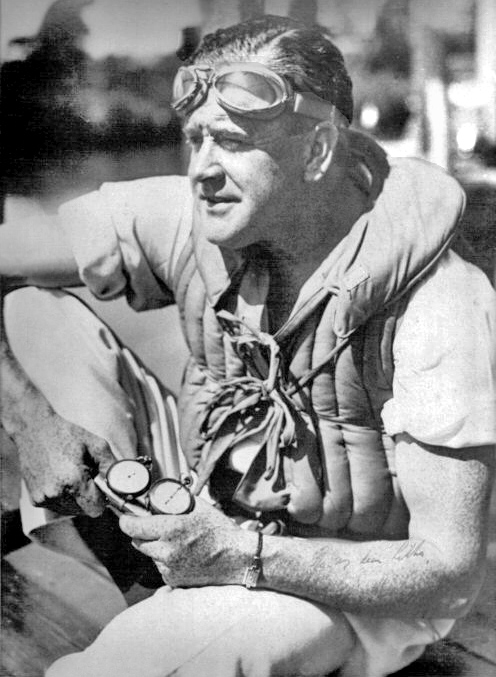|
Supermarine
Supermarine was a British aircraft manufacturer. It is most famous for producing the Spitfire fighter plane during World War II. The company built a range of seaplanes and flying boats, winning the Schneider Trophy for seaplanes with three consecutive victories (in 1927, 1929 and 1931). After the war, the company produced a series of jet fighters. Overview Supermarine was founded in 1913 as Pemberton-Billing Ltd. The company was located on the River Itchen, Hampshire, River Itchen close to Woolston, Southampton, on ground purchased by the British aviator and inventor Noel Pemberton Billing to construct motor launches. Pemberton-Billing produced two prototype Multiplane_(aeronautics)#Quadruplanes, quadruplanes designed to shoot down Zeppelins—the Supermarine P.B.29 and the Supermarine Nighthawk. Both aircraft were fitted with the recoilless Davis gun. The Nighthawk had a separate Propulsion, powerplant to power a searchlight.The World's Worst Aircraft James Gilbert Pemberton-B ... [...More Info...] [...Related Items...] OR: [Wikipedia] [Google] [Baidu] |
Spitfire
The Supermarine Spitfire is a British single-seat fighter aircraft that was used by the Royal Air Force and other Allied countries before, during, and after World War II. It was the only British fighter produced continuously throughout the war. The Spitfire remains popular among enthusiasts. Around 70 remain airworthy, and many more are static exhibits in aviation museums throughout the world. The Spitfire was a short-range, high-performance interceptor aircraft designed by R. J. Mitchell, chief designer at Supermarine Aviation Works, which operated as a subsidiary of Vickers-Armstrong from 1928. Mitchell modified the Spitfire's distinctive elliptical wing (designed by Beverley Shenstone) with innovative sunken rivets to have the thinnest possible cross-section, achieving a potential top speed greater than that of several contemporary fighter aircraft, including the Hawker Hurricane. Mitchell continued to refine the design until his death in 1937, whereupon his colle ... [...More Info...] [...Related Items...] OR: [Wikipedia] [Google] [Baidu] |
Supermarine Walrus
The Supermarine Walrus is a British single-engine Amphibious aircraft, amphibious biplane designed by Supermarine's R. J. Mitchell. Primarily used as a maritime patrol aircraft, it was the first British Squadron (aviation), squadron-service aircraft to incorporate an Landing gear, undercarriage that was fully retractable, crew accommodation that was enclosed, and a fuselage completely made of metal. Supermarine originally named the type the Supermarine Seagull V, before changing it to the ''Walrus''. The type first flew in 1933, its design process had begun four years earlier as a private venture. It shared its general arrangement with that of the earlier Supermarine Seagull (1921), Supermarine Seagull. Having been designed to serve as a Surveillance aircraft, fleet spotter launched by aircraft catapult, catapult from cruisers or battleships, the aircraft was employed as a maritime patrol aircraft. Early aircraft had a metal hull for greater longevity in Tropics, tropical condi ... [...More Info...] [...Related Items...] OR: [Wikipedia] [Google] [Baidu] |
Supermarine Spiteful
The Supermarine Spiteful was a British fighter aircraft designed by Supermarine during the Second World War as a successor to the Spitfire. Powered by a Rolls-Royce Griffon engine, it had a radical new wing design to allow safe operations at higher speeds and incorporating inwards-retracting undercarriage. Other changes included a larger fin to improve the marginal stability of Griffon Spitfires. Development of the wing was formalised by Air Ministry specification F.1/43; as well as a new aircraft, there was an expectation the wing could be used as a replacement for the elliptical wing on Spitfire production. The Spiteful was ready for production as the war was ending but in testing had shown only marginal improvements over existing types and was now being overtaken by jet-powered designs. Of the original order for 150 Spitefuls, only 19 were built. The Royal Navy opted for a navalised variation of the Spiteful type, the Supermarine Seafang, but few of those were built ... [...More Info...] [...Related Items...] OR: [Wikipedia] [Google] [Baidu] |
Supermarine Seafire
The Supermarine Seafire is a naval version of the Supermarine Spitfire fighter adapted for operation from aircraft carriers. It was analogous in concept to the Hawker Hurricane variants#Sea Hurricanes, Hawker Sea Hurricane, a navalised aircraft, navalised version of the Spitfire's stablemate, the Hawker Hurricane. The name Seafire was derived from the contraction of the full name of Sea Spitfire.Andrews and Morgan 1987, p. 247. A carrier-capable version of the Supermarine Spitfire had been proposed by the British Admiralty, Admiralty in May 1938. Despite a pressing need to replace various obsolete types in the Fleet Air Arm (FAA), some opposed the idea, including Winston Churchill, although these disputes were often a result of the overriding priority for land-based Spitfires instead. During 1941 and early 1942, the Admiralty again requested naval Spitfires, resulting in an initial batch of Seafire Mk.Ib fighters in late 1941, which were mainly used to gain experience operating ... [...More Info...] [...Related Items...] OR: [Wikipedia] [Google] [Baidu] |
Schneider Trophy
The Coupe d'Aviation Maritime Jacques Schneider, also known as the Schneider Trophy, Schneider Prize or (incorrectly) the Schneider Cup is a trophy that was awarded first annually, and later biennially, to the winner of a race for seaplanes and flying boats. In 1931 Britain met the conditions to retain the Trophy permanently; it is on display at the Science Museum in South Kensington, London. Announced in 1912 by Jacques Schneider, a French financier, balloonist and aircraft enthusiast, the competition offered a prize of approximately £1,000. The race was held twelve times between 1913 and 1931, the year when it was finally won permanently by the British. It was intended to encourage technical advances in civil aviation but became a contest for pure speed with laps over a (usually) triangular course, initially and later extended to . The contests were staged as time trials, with aircraft setting off individually at set intervals, usually 15 minutes apart. The contests were v ... [...More Info...] [...Related Items...] OR: [Wikipedia] [Google] [Baidu] |
Supermarine Seafang
The Supermarine Seafang was a British Rolls-Royce Griffon–engined fighter aircraft designed by Supermarine to Air Ministry specification N.5/45 for naval use. It was based on the Spiteful, which was a development of Supermarine's Griffon-engined Spitfire aircraft. By that time the Spitfire was a 10-year-old design in a period of rapid technical development in aviation. The Seafang was outmoded by jet aircraft, and only 18 were built.Price, 2001 Design and development The Seafang was essentially a Spiteful redesigned for Royal Navy carrier use, with the addition of an arrester hook, a contra-rotating propeller to eliminate engine torque effects, and power folding outer wing panels. Two prototype Type 396 Seafang Mark 32s were ordered on 12 March 1945 followed by an order for 150 Type 382 Seafang Mark 31s on 7 May 1945. To expedite entry into service the interim Mark 31 was ordered which was a navalised Spiteful, basically a Spiteful with an arrestor hook added. This would a ... [...More Info...] [...Related Items...] OR: [Wikipedia] [Google] [Baidu] |
Joseph Smith (aircraft Designer)
Joseph Smith CBE (25 May 1897 – 20 February 1956) was an English aircraft designer who took over as Chief Designer for Supermarine upon the death of R. J. Mitchell and led the team responsible for the subsequent development of the Supermarine Spitfire. Career Early life Joseph Smith was educated at the Yardley Secondary School and Birmingham Municipal Technical School. Beaver, page 30 After leaving school he gained an apprenticeship with the Austin Motor Company at Longbridge, Birmingham in 1914. Following the outbreak of World War I he joined the Royal Naval Volunteer Reserve (RNVR) in 1914 and served on motor launches in the Mediterranean. After serving in the RNVR, he went back to Austin to finish his apprenticeship. After it was finished, he was appointed junior draughtsman in the aircraft department in 1919. He worked on the Austin Whippet which was designed to be an inexpensive single-seater aircraft. After the Whippet failed to attract sufficient sales Austi ... [...More Info...] [...Related Items...] OR: [Wikipedia] [Google] [Baidu] |
Supermarine Nighthawk
The Supermarine Nighthawk or P.B.31E was a First World War British aircraft, designed by Noel Pemberton Billing and built at Woolston, Southampton after Pemberton Billing's company became Supermarine Aviation Works Ltd. The P.B.31E, as with its predecessor the P.B.29 "Battle Plane", was an anti-Zeppelin night fighter. It was operated by a crew of three to five, and was designed to fly for 9 to 18 hours. The prototype of the P.B.31E flew in February 1917. It quickly became obsolete when it was found that Zeppelins could more easily be destroyed by igniting their hydrogen bags using explosive bullets. Only a prototype aircraft was built. Background The Nighthawk was developed to counter the threat of bombing raids by German Zeppelins against the UK during the First World War. In 1916, the British Member of Parliament and aviator Noel Pemberton Billing published ''Air War: How To Wage It'', which included promotion of the use of aircraft as a defensive measure against Zeppel ... [...More Info...] [...Related Items...] OR: [Wikipedia] [Google] [Baidu] |
Short Stirling
The Short Stirling was a British four-engined heavy bomber of the Second World War. It has the distinction of being the first four-engined bomber to be introduced into service with the Royal Air Force (RAF) during the war (the earlier Handley Page V/1500 being a WWI design that served during the 1920s). The Stirling was designed during the late 1930s by Short Brothers to conform with the requirements laid out in Air Ministry Specification B.12/36. Prior to this, the RAF had been primarily interested in developing increasingly capable twin-engined bombers, but had been persuaded to investigate a prospective four-engined bomber as a result of promising foreign developments in the field. Out of the submissions made to the specification, Supermarine proposed the Type 317, which was viewed as the favourite, whereas Short's submission, named the S.29, was selected as an alternative. When the preferred Type 317 had to be abandoned, the S.29, which later received the name Stirling, ... [...More Info...] [...Related Items...] OR: [Wikipedia] [Google] [Baidu] |
Hubert Scott-Paine
Hubert Scott-Paine (11 March 1891 – 14 April 1954) was a British aircraft and boat designer, record-breaking power boat racer, entrepreneur, inventor, and sponsor of the winning entry in the 1922 Schneider Trophy. Early life Hubert Paine was born in Shoreham-by-Sea, England, on 11 March 1891, to Henry Paine and Rosannah (née Scott). He was educated at Shoreham Grammar School.Rance. Fast Boats and Flying Boats. p. 10 Supermarine Scott-Paine worked for Noel Pemberton Billing dealing in yachts, eventually in 1913 forming Pemberton-Billing Ltd (with 'Supermarine' as the telegraphic address), with Hubert the factory manager at Woolston, Hampshire. In 1916 Scott-Paine bought the company and renamed it the Supermarine Aviation Company Limited, building flying boats for the British Admiralty. Reginald Mitchell (of Spitfire fame) was employed at this time and the company greatly expanded. Hubert married Alice Brenda Hockey in 1917, having four children. By this time he had c ... [...More Info...] [...Related Items...] OR: [Wikipedia] [Google] [Baidu] |
Jet Fighter
Fighter aircraft (early on also ''pursuit aircraft'') are military aircraft designed primarily for air-to-air combat. In military conflict, the role of fighter aircraft is to establish air superiority of the battlespace. Domination of the airspace above a battlefield permits bombers and attack aircraft to engage in tactical and strategic bombing of enemy targets, and helps prevent the enemy from doing the same. The key performance features of a fighter include not only its firepower but also its high speed and maneuverability relative to the target aircraft. The success or failure of a combatant's efforts to gain air superiority hinges on several factors including the skill of its pilots, the tactical soundness of its doctrine for deploying its fighters, and the numbers and performance of those fighters. Many modern fighter aircraft also have secondary capabilities such as ground attack and some types, such as fighter-bombers, are designed from the outset for dual roles. O ... [...More Info...] [...Related Items...] OR: [Wikipedia] [Google] [Baidu] |








